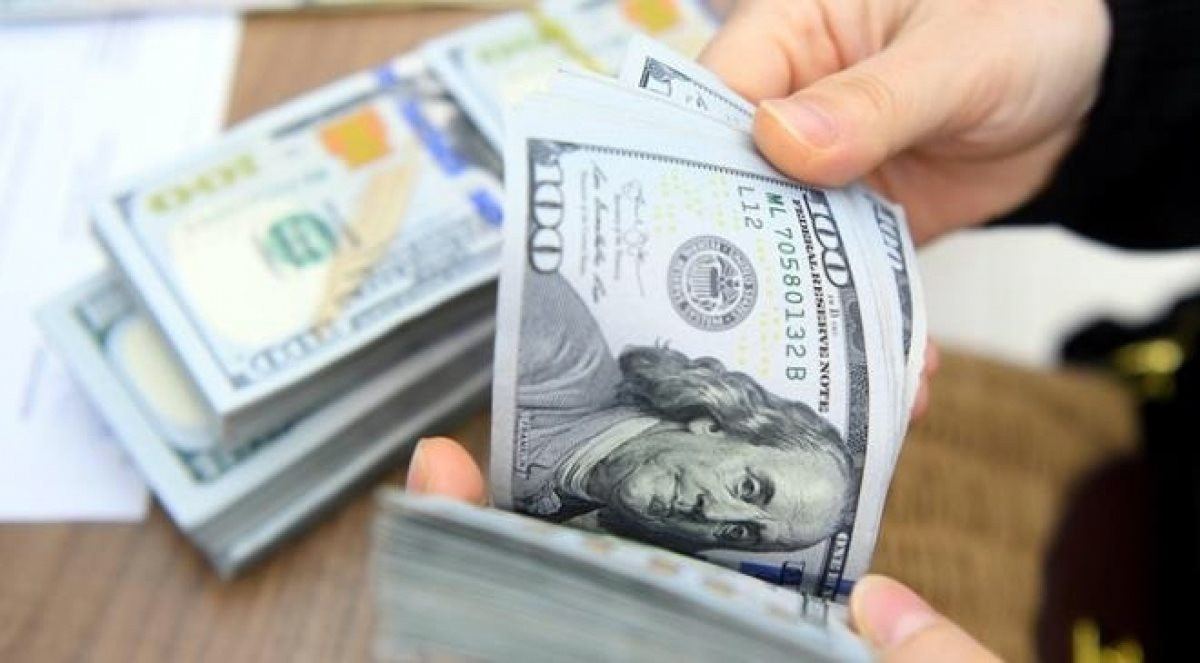Doubts about the US dollar's dominance
The dominance of the US dollar in the global financial system has often been questioned - and routinely rebuffed.

The US dollar is still not too far away from 20-year highs
>> How will the US dollar move if the US defaults?
The fact that the US dollar is still not too far away from 20-year highs in narrow trade-weighted terms (on the BIS’s measure) is testament to the fact that the US’s so-called "exorbitant privilege" is alive and kicking as the country continues to run huge deficits with little apparent cost to the value of the currency. But new dangers seem to be emerging from the conflict in Ukraine.
A quick look at the US’s indebtedness to the rest of the world, or its net international investment position (NIIP), shows that US dominance is total. In 2021, the US NIIP was negative to the tune of over USD 18 trillion. That represents a lot of faith among overseas residents in the US. The next-closest countries have NIIP deficits of little more than USD 500 billion, and, of course, there are many with large surpluses, such as Japan and China. But this does not seem to leave the dollar vulnerable.
On the contrary, at times of stress, Mr. Steve Barrow, Head of Standard Bank G10 Strategy finds that dollar shortages develop, which lift the greenback sharply and cause the Fed to loan dollars to other central banks via swaps and repos. Much of the investment in US bonds and stocks internationally is done through the borrowing of US dollars, often in the FX swaps market. So, when asset prices plunge because of a crisis situation such as COVID or the conflict in Ukraine, dollar borrowers find themselves overhedged, and their scramble to buy back dollars pushes the greenback higher.
As a result, even if the huge US deficit imparts a bias for the US dollar to weaken over time, it is regularly pulled back up when crises strike, and we've certainly seen a number of crises recently, which likely explains why the dollar is still close to 20-year highs.
What’s more, it is not just the fact that there are investment flows that go from the rest of the world to the US to cover this huge NIIP deficit; most countries around the world that choose to issue debt in another currency will choose the US dollar. Some two-thirds of international debt is denominated in US dollars, and only a slightly lower proportion, of around 55%, goes to make up international loans. The prize of currency dominance is certainly a worthy one, which is why some argue that others would like to get a bigger piece of the action, such as China, the euro zone, or crypto suppliers.
>> Concerns about the US dollar’s global role
But while there’s much talk of the US losing the prize, it has not happened so far, and the dollar has proved pretty robust as a result. It seems that the ability of others to rip currency hegemony away from the US is lacking. This might be because the euro zone, for instance, has no single bond market, China has capital controls, and crypto is simply not a currency. But maybe there’s another way we should look at this. Rather than believing that the US's currency dominance will be eroded by others, it is possible that the US will "give" it away.
Some might argue that yet another fight over the debt ceiling in Congress could chip away at the dollar’s dominance in this way, but Mr. Steve Barrow sees no default and no real impact on the US dollar’s global status. However, there are other potential avenues for the destruction of US dollar dominance. One is the fact that the US has seemingly abused its position as a dominant currency country via the huge monetary largesse that goes back to the global financial crisis via the quantitative easing undertaken by the Fed.
Another threat is that the conflict between Ukraine and Russia causes the US to shun and punish China to such an extent that more and more countries around the world are forced to choose between the two—not just for their political allegiances, but also for their financial relationships and hence their choice of international currency. Now, clearly, these things may never happen. The Fed and the US administration might decide it is not wise to play fast and loose with the dollar’s hegemony in these ways. But the risks are undoubtedly there, and they will keep many investors asking whether US assets, including the dollar, are as ‘safe’ as they once were.








